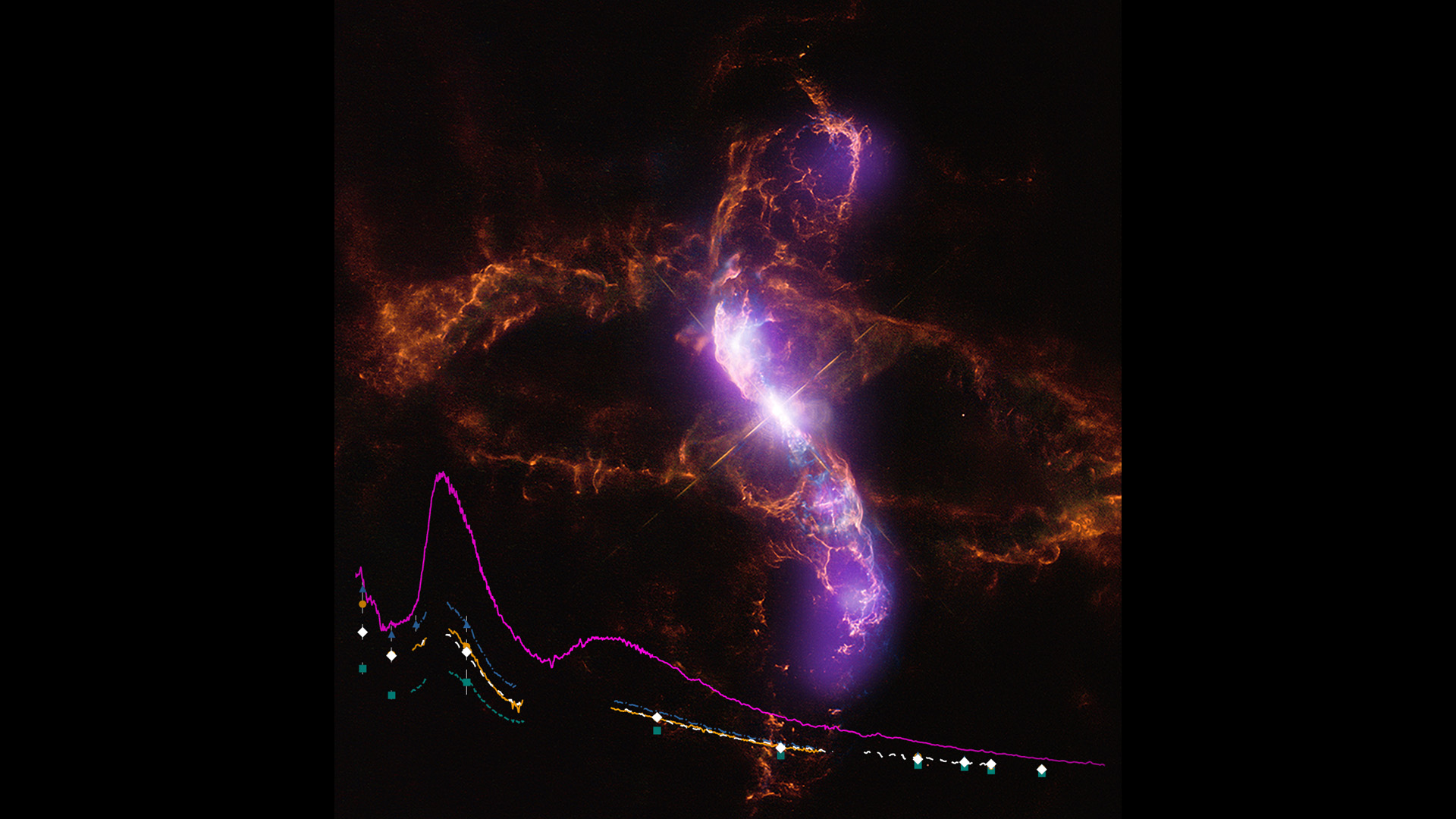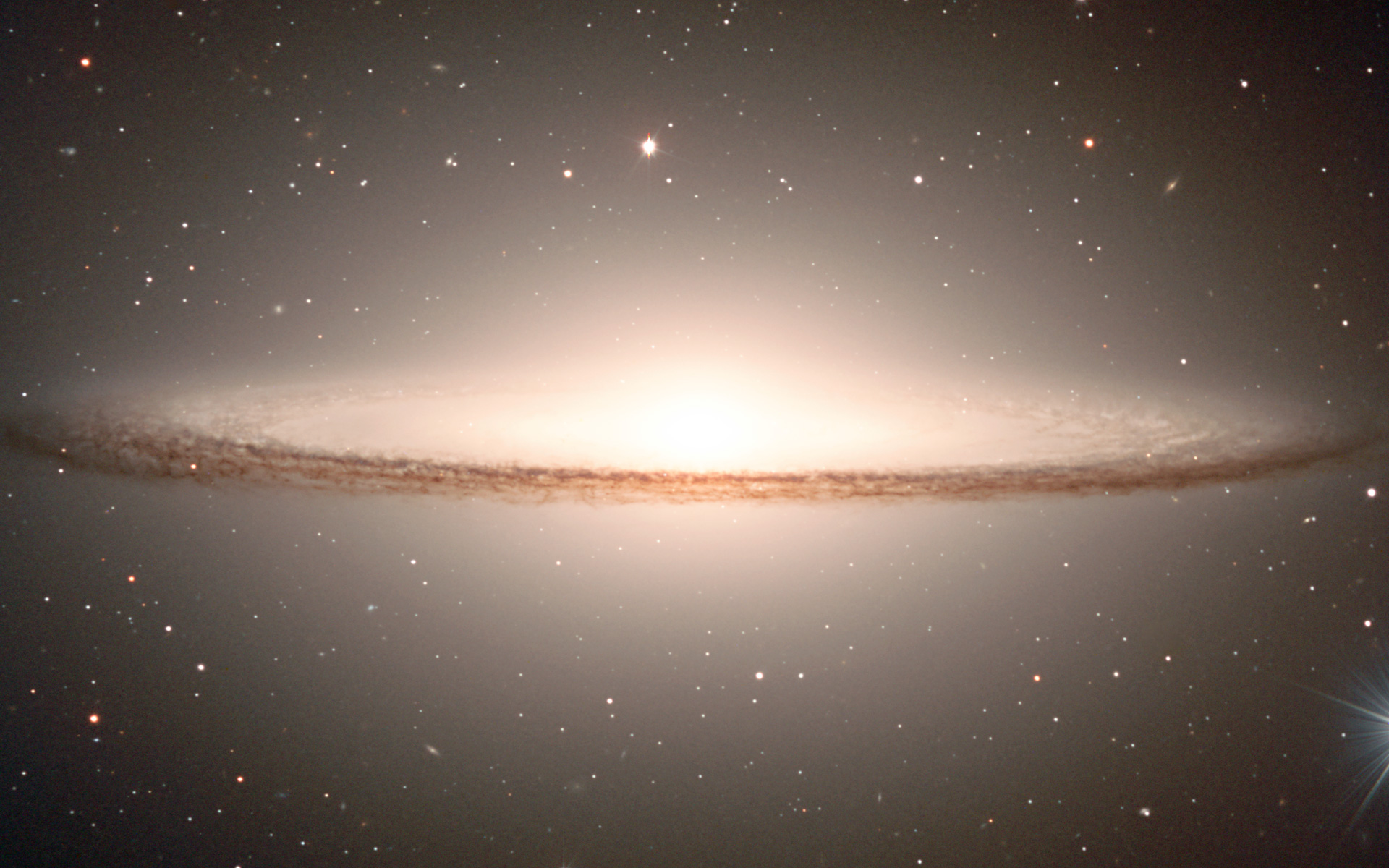
Relish in the pleasant thrumming of galaxies and stars in deep space whose data has been "sonified" into orchestral music.
Sound cannot travel through space, thanks to the lack of air to act as a medium. Instead, NASA has produced musical tones from the same telescope data that is manifested into pictures such that you can now hear the beauty of space.
"The visualization team started with the scientific observations from the various telescopes, and then applied some of the same software that Hollywood uses in their feature films to the data," Frank Summers, who is a visualization scientist at the Space Telescope Science Institute in Maryland, said in a statement.
A newly released 30-second video glides you through the five galaxies of Stephan's Quintet in the Pegasus constellation, four of which are gravitationally bound to each other at about 290 million light-years away while the fifth one is an innocent bystander roughly 39 million light-years away.
Related: Sounds in space: What noises do planets make?

The new video is still except for a white horizontal line that combs through the galaxy group and reveals where the sounds are coming from. Each of the five galaxies lets out a big whoosh while the foreground stars hum in warm and mellowed tones of a xylophone-like instrument called a glass marimba. The musical piece is also sprinkled with higher pitches of a string instrument, which represents spikes around a star in telescope images that are formed when starlight bends around the hexagonal mirrors of NASA's James Webb Space Telescope (JWST).
"Astronomy has always been very visual, but there's no reason why we have to represent the data through that manner alone," Kimberly Arcand, who is a visualization scientist at the Chandra X-ray Center in Massachusetts, said in the same statement. "This type of depiction is taking the scientific story of Stephan's Quintet — the deep, dense, and beautiful dataset — and translating it into an auditory experience."
As part of an ongoing project to convert telescope data into audio experiences, NASA also released sonifications of two other celestial targets by combining data from the agency's Chandra X-ray Observatory, JWST, Hubble Space Telescope, and the now-retired Spitzer Space Telescope.
The musical piece on R Aquarii, which is a binary star system of a dim white dwarf and a pulsating red giant about 650 light-years from Earth, increases in volume in proportion to the brightness of sources and their distances from the center.
At two o'clock and eight o'clock positions, you can hear a strong wind, which reflects a jet of ionized matter blasting out of the white dwarf and slamming into surrounding stellar material. Hubble's data, which are visualized as "ribbon-like arcs" in the image, can be heard as soothing sounds like those that resonate from Tibetan singing bowls while Chandra's data are represented as a "windy purr," NASA representatives wrote in an image description published Tuesday (June 20).
The soundtrack of Messier 104 (or M104) — a giant galaxy in the Virgo cluster about 28 million light-years away, is more like a whistle that shrills and mellows according to the brightness of the sources.

Translating data into sounds can help people process the information in different ways and bring to light certain aspects of data that were not noticed previously, scientists say. Such data sonifications also make the beauty of the universe accessible to visually impaired space enthusiasts.
"Sonifications offer a sensory way for me to experience the scale and potency of astronomical phenomena," Christine Malec, who is a member of the blind and partially sighted community supporting NASA's sonification project, said in the same statement. "They are an invitation to blind and partially-sighted people to listen, enjoy, and then go deeper by reading to understand what exactly is being heard."







